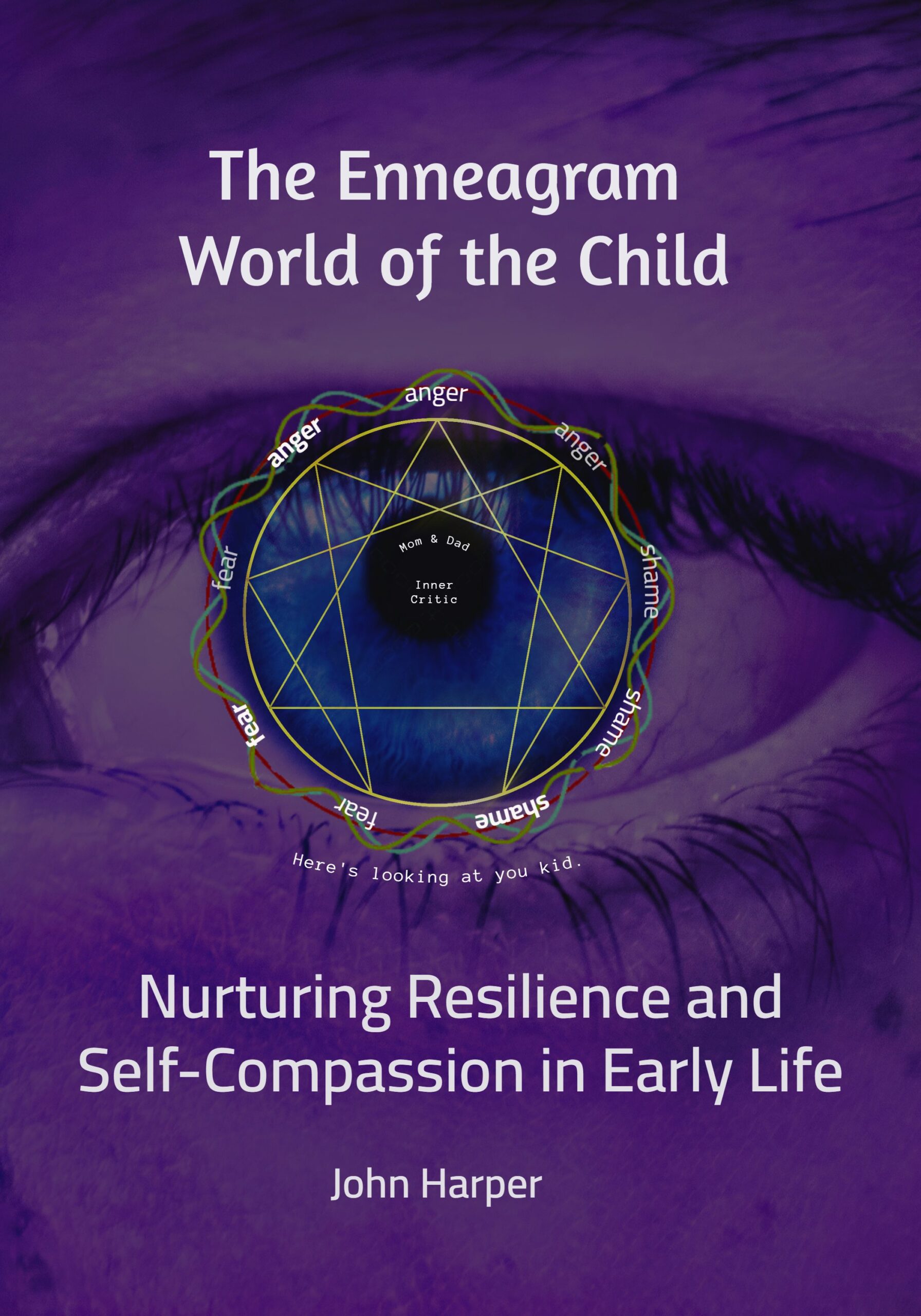The Enneagram World of the Child

At birth, each child presents us with a profound paradox. Though legally a person, they arrive as both a blank canvas awaiting life’s impressions and a rich wellspring of untapped potential. These first years of life unfold as a cellular riot of development, a tsunami of sensory stimuli, and the gradual sunrise of a self emerging into the world. While the body arrives fully formed in its basic structure, the self develops gradually through the complex alchemy of biology and environment—and you, the parent, are the primary architect of that environment.
Your Enneagram Type fundamentally shapes how you create your child’s Enneagram world of influence. Your particular focus of attention, your characteristic fears and desires, your habitual ways of managing emotions and connection—all these aspects of your Type create the ecosystem in which your child’s personality forms. Their emerging patterns are not random developments but intelligent adaptations to your way of being in the world.
Every sight, sound, and touch you provide becomes a brushstroke, painting the foundation of your child’s perception. The self emerges slowly, shy at first, as the infant begins to piece together a coherent “I” from scattered fragments of experience. The body serves as a vehicle while the self—soft and malleable—grows within it, shaped by connection, care, and curiosity. A person arises from this intricate dance between nature and nurture—a unique constellation of traits, preferences, and reflections. Yet beneath these layers of personality and self-reflection runs a thread that remains untouched, a quiet essence that was always there before and beyond the story.
This excerpt from John Harper’s new book, The Enneagram World of the Child is used with persmission.
